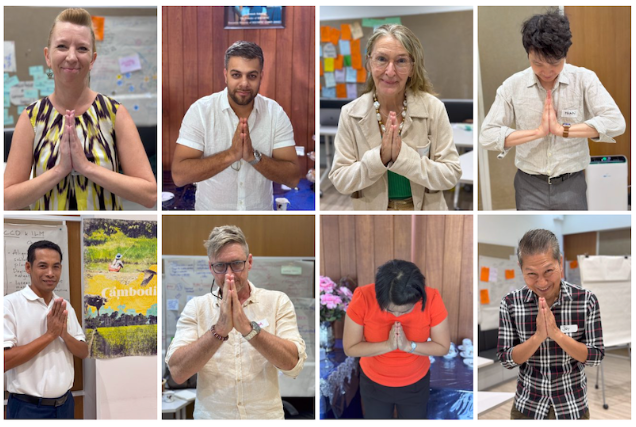
🙏 Sawadee ka(p)!
Greetings from Bangkok, where we gathered Integrated Landscape Management (ILM) practitioners and European Union colleagues from across the region to learn and unlearn together. That’s very much the theme of this newsletter, in which we launch a Landscapes in Practice brief on stakeholder identification and invite you to help us document the knowledge that the Landscapes For Our Future (LFF) programme has surfaced so that your learnings can benefit other projects and shape future policy.
On the subject of the future: if your project is coming to a close, we invite you to store and share your photo and video material in the LFF archives for continued access well after your wrap-up.
Plus, whether it’s to share hard-learned lessons or to pick the brains of the experts among us, remember that our ILM community of practice is only a WhatsApp away
KNOWLEDGE
Lesson learning overview
To generate lessons learned that are not evident when analysing single projects, we are undertaking a structured analysis of patterns of performance in ILM implementation across the 22 LFF initiatives. This analysis will provide valuable insights to practitioners, policymakers, researchers and donors who want to design and implement ILM interventions.
🫵 That’s where YOU come in. The question of what makes ILM work is one we can only answer together. We are asking representatives of each of the 22 projects in the LFF programme to please fill in our survey to capture some of the details and findings from your initiative. We then have a series of steps planned to filter the learnings that are emerging from across the programme.
Find out more and access the survey now.
New publication: Our primer on Stakeholder Identification and Analysis
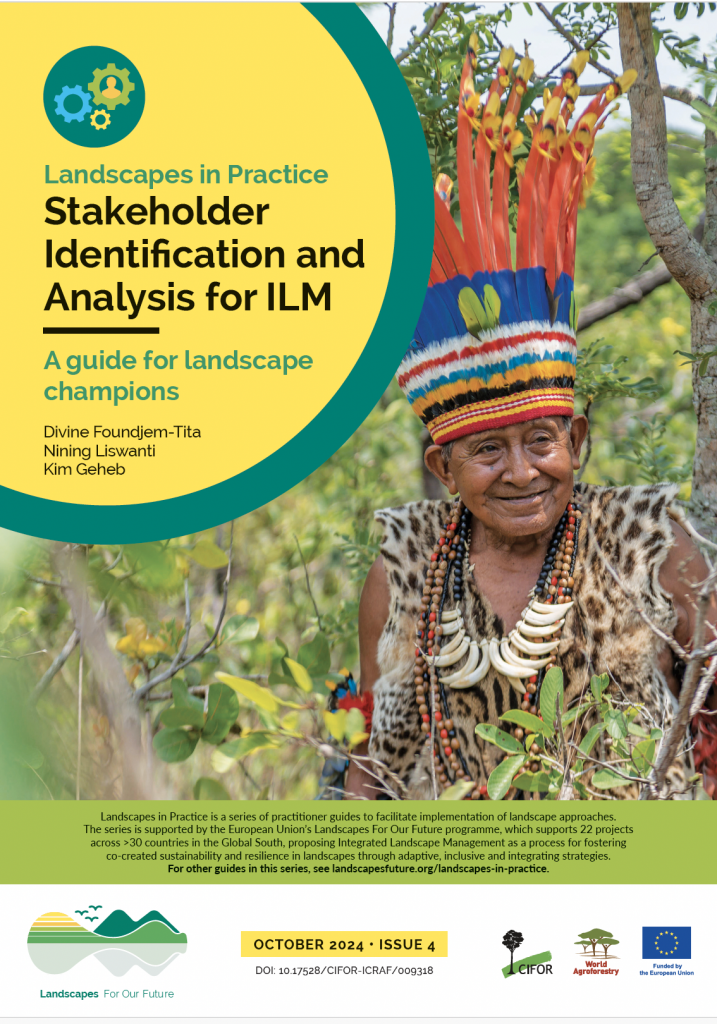
Stakeholder engagement is a precondition to ILM success. But let’s be honest: many project implementors realized very late that the stakeholder identification at the outset of our projects was not ideal.
🥳 Good news: it’s never too late. Stakeholder relevance and relations will change over the course of a project intervention, so stakeholder analysis is not restricted to the beginning of an initiative but is necessary throughout its duration.
This latest publication in our Landscapes in Practice series offers a primer on the key concepts surrounding this key success factor, and plenty of leads on resources and reading.
EVENTS
We were there: Biodiversity COP in Cali
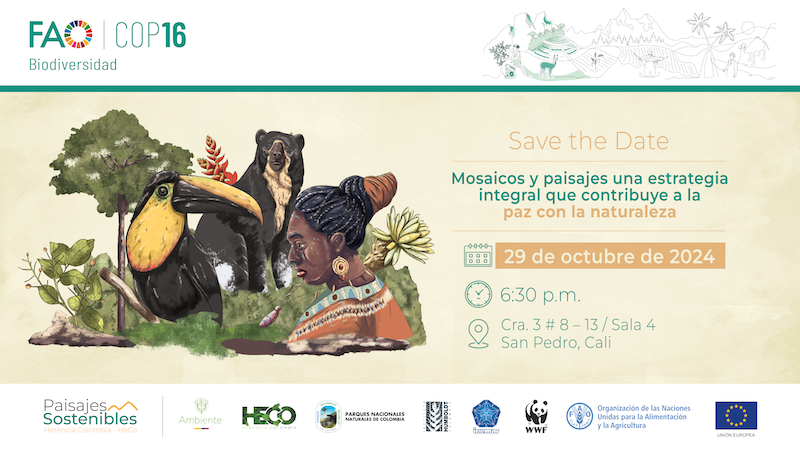
The Kunming-Montreal Global Biodiversity Framework has set the bar high, envisioning harmonious coexistence with nature through ambitious targets requiring collective effort from political, sectoral and social spheres. At aside event to COP 16, Herencia Colombia, one of our seven Latin American projects, convened experts and practitioners from diverse fields to share insights into achieving these goals through ILM.
Khalil Walji, our Central Component Deputy Coordinator, was our man in Cali. He highlighted the role of ILM in addressing complex land-use challenges and underscored how innovation and sustainable practices are critical in designing pathways that balance ecological preservation with human development. Khalil’s perspective emphasized fostering collaboration among local communities, policymakers, and researchers to create holistic solutions. This work exemplifies how ILM can bridge gaps, create synergies, and deliver tangible results on the ground.
Webinar: Iterative learning and adaptation in ILM
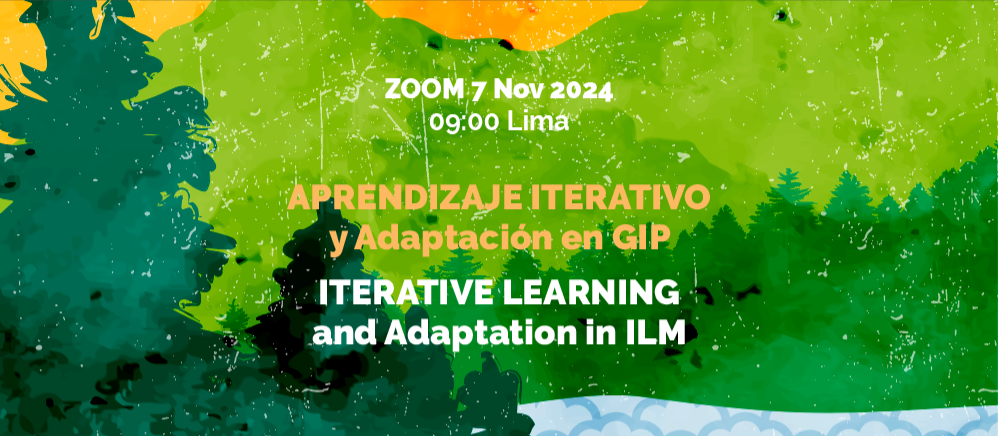
Drawing on their experiences implementing ILM projects in the Latin America and Caribbean region, participants in this interactive exchange discussed the role of iterative learning, approaches used to learn in a systematic manner, and experiences using learning to adapt landscape management initiatives. Their valuable experiences could aid your present and future ILM initiatives wherever in the world you find yourself.
RESOURCES
Your image archive: Easy sharing, storage and access
With so many of our projects looking towards finalization or motivating for extensions, now is the time you are probably scrambling to find just the right picture to illustrate your reports and publications, or you’re trying to figure out what to do with all of your own media so that it can live on after your project has closed. The Landscapes For Our Future digital media archive has you covered.
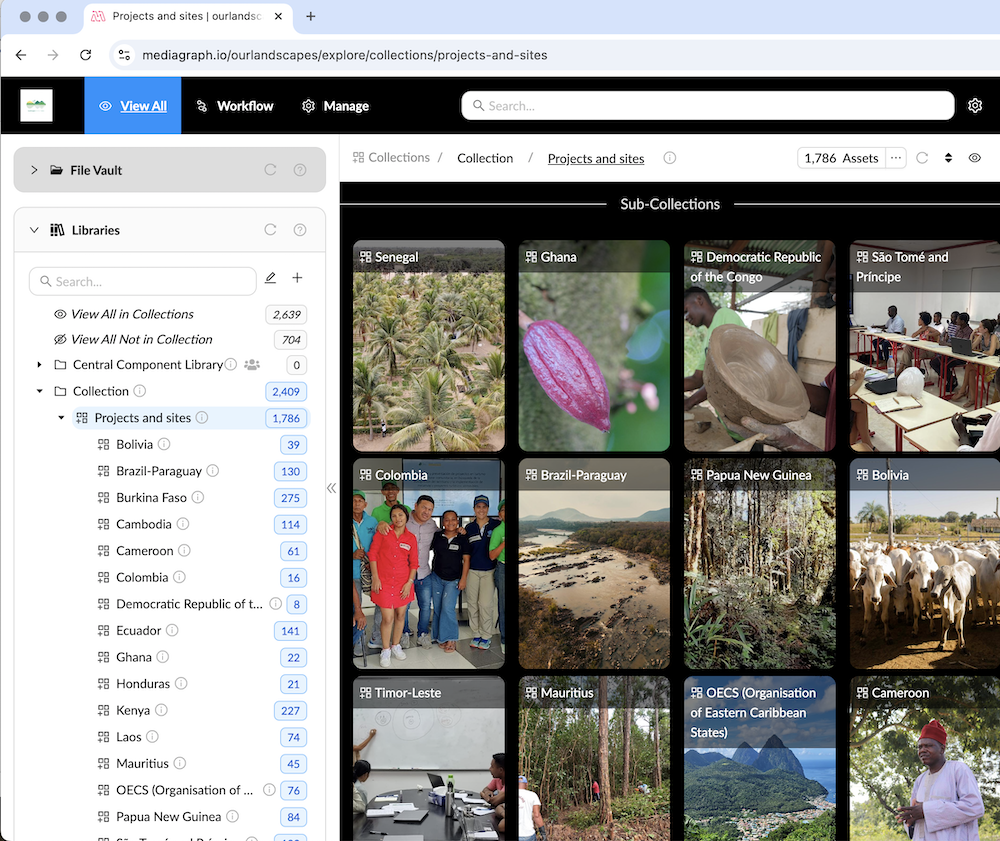
Store and share photos: Leave a legacy
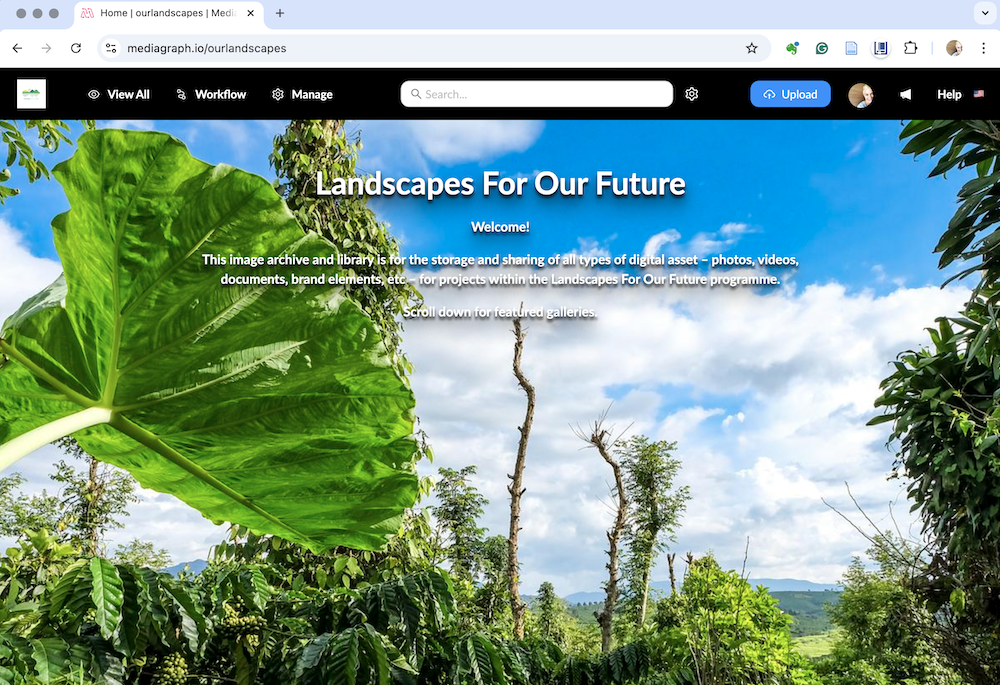
Want a secure place to store your project’s photos and videos after you and your team have waved goodbye? Or you want an easy way to manage and share your project’s visual material – including logos and working design files as well as finished publications? Just hit that blue ‘upload’ button on the menu bar, or email Dominique to load them for you: d.leroux@cifor-icraf.org.
Forum: Your space. Your community.
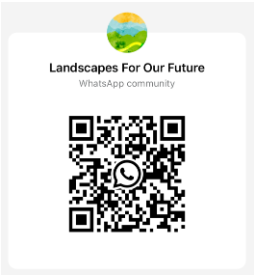
What have you learned lately? Or where do you feel a little lost? Our WhatsApp community, with its subject-specific groups, is where ILM practitioners can find support and applause from our peers. Go on: share your insights, ask questions, brag a bit or look for help. We’re all here together.



